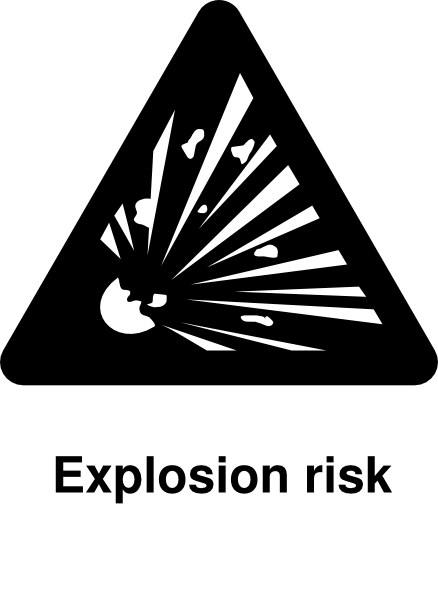I’m a bit of a WorkSafe British Columbia fangirl, and given the number of shipping containers being used on construction sites in NZ, I thought this was an interesting article about container safety: Preventing explosions in shipping containers used outside the shipping industry Also, watch the 2-minute video for a graphic representation Shipping Container Explodes, Injuring Worker
Shipping Container Safety, what’s the Problem?
Shipping containers are designed to be watertight with little ventilation. Storing flammable or combustible substances in a shipping container with little ventilation can create a highly explosive atmosphere.
What can go wrong?
In military terms, imagine a giant Claymore Mine that can spray a pattern of metal fragments into a 40 m2 kill zone. According to the Worksafe BC fact sheet “A leak of just 1 kilogram of propane is enough to cause an explosion that can forcibly rupture a closed shipping container. By comparison, a typical home barbecue uses a 9-kilogram propane tank. A full tank can generate the same explosive force as 100 kilograms of TNT.”
Example 1: A firefighter was killed when he was struck by a shipping container door that blew off in an explosion during a fire response at a building next to the container.
Example 2: A propane leak from a barbecue stored inside a shipping container caused an explosion that blew one of the 113-kilogram doors 40 metres away.
Other Problems:
Even if you are not storing hazardous substances in the container the floorboards are often coated in noxious chemicals to protect them in a marine environment. Also, products such as pesticides and other evil chemicals may have been stored and spilt on the floor in transit.
What Can You Do?
- Replace the flooring in the container with anti-slip material that is fit for purpose
- Remove ignition sources
- If you are going to store hazardous substances in the container, make sure it is properly modified to allow for ventilation, has the SDS sheets and appropriate signage
- If you are going to put in storage wracking, sure it is bolted in place
- Minimise the number of workers going inside or near shipping containers and the length of time they spend there.
Have a safe and productive week and let me know if you have anything to add to the list.
Stay safe,
SB
